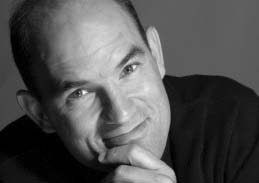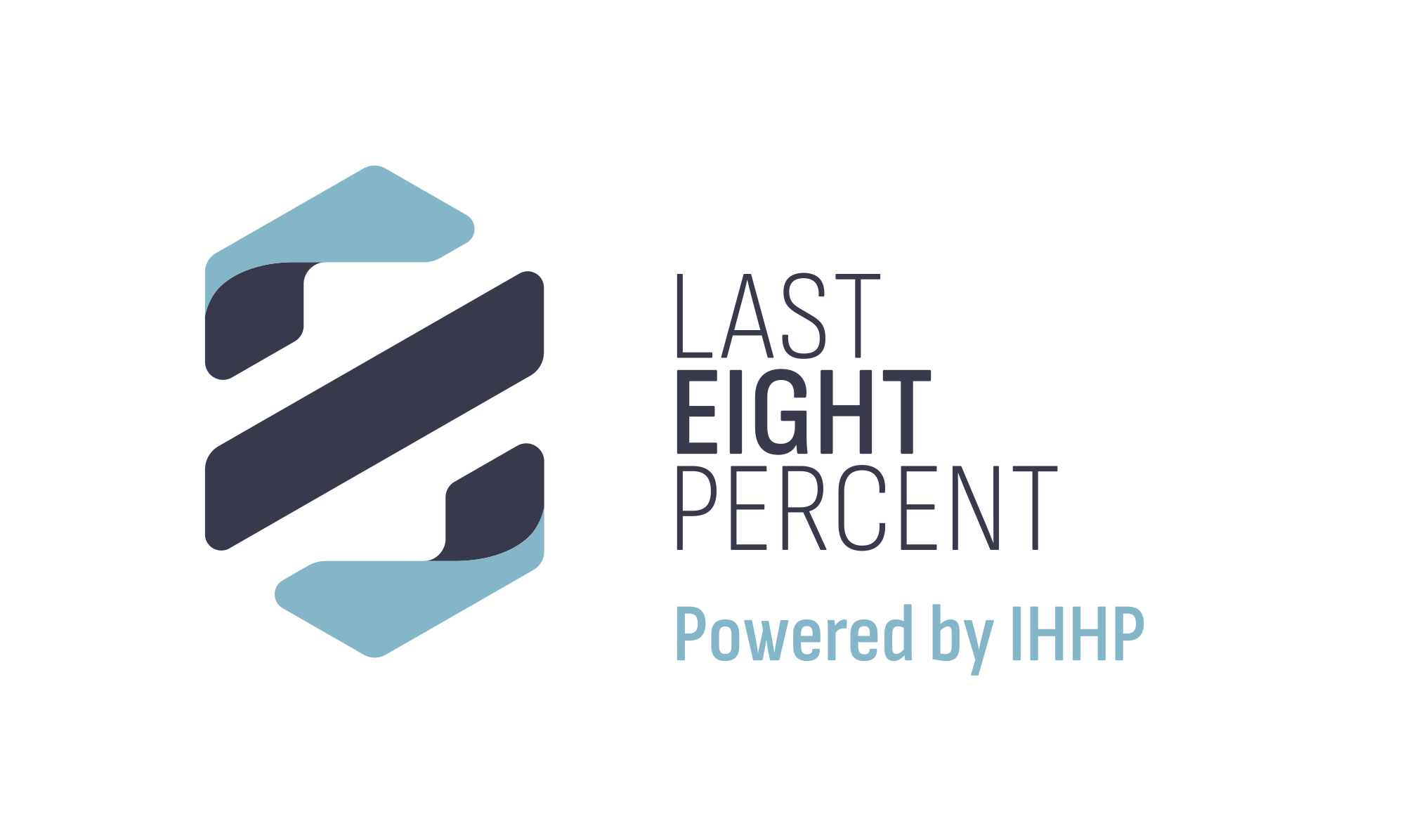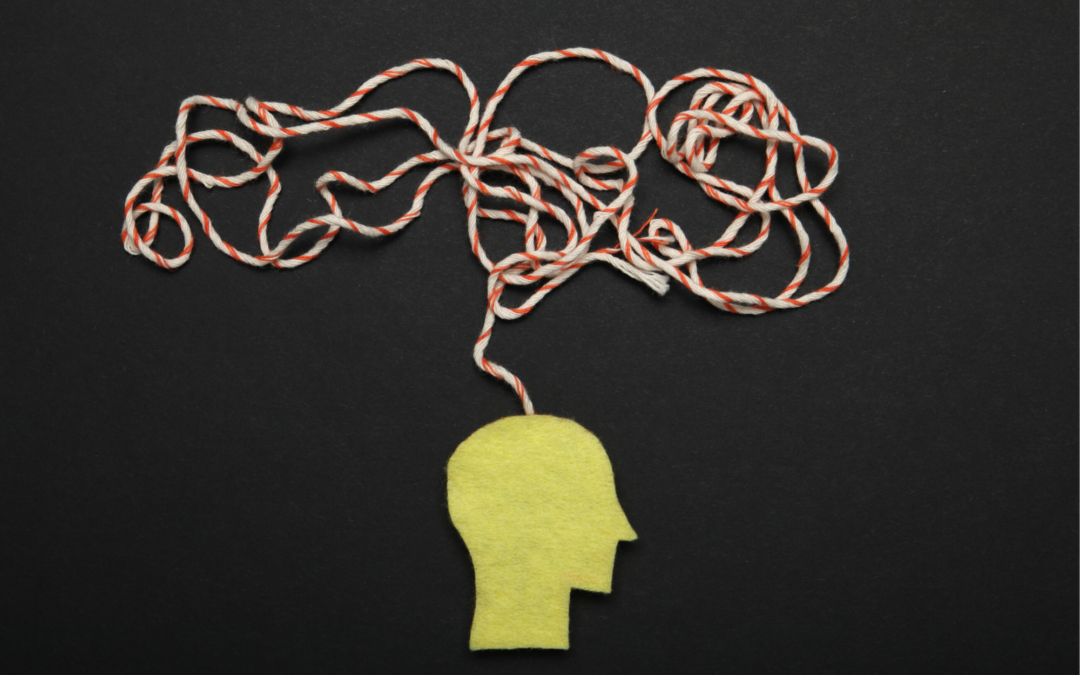Do you sometimes feel you’re not doing enough? That you should be doing more? Do you feel on edge, nervous, unable to relax, or have trouble sleeping because you can’t stop thinking?
You are not alone. 1 in 3 of us experience anxiety over the course of our lifetimes, and anxiety is now the number one mental health challenge. The first part of managing anxiety is learning about what it is.
Anxiety vs Fear
First, anxiety is different from fear. We sometimes get the two confused as they seem similar. Fear is a response to a concrete threat we are facing in the moment. Anxiety is a response to a prediction our brain makes. This prediction turns into a neurological loop.
Fear occurs when you face a more immediate threat. Let’s say there’s a gas leak in the house: Your body responds by pumping cortisol into your bloodstream in order to mobilize your body — sending blood to your muscles, sweat to cool your muscles, shunting blood away from the digestive system because you are not going to stop to grab a sandwich. All of this is done so that you can choose to fight, flee, or freeze to meet this immediate threat. It prioritizes the threat over everything else.
Anxiety is different. It might feel similar because we also pump cortisol into our bloodstream to mobilize key resources to essential parts of the body, send blood to muscles and sweat to cool muscles, and divert blood away from the digestive system (it’s unlikely we’ll stop to grab that sandwich).
Sound familiar?
An anxiety response is so similar to fear because of a prediction our brain makes that turns into a neurological loop. Well, what is a neurological loop? And what does prediction mean in this instance?
From Predictions to Neurological Loops
It works like this: we get ambiguous information about a future event and we immediately feel sensations in the body. Our brain then compares these physical sensations to our experience template, or all that we have experienced before, and labels them with an emotion. With this label, our brain predicts how the situation will affect the body. At the same time, the experience feeds our cognitive brain and we start to hear what we call the VOH, or the voice in our head.
With anxiety, the threat is not a concrete thing like a gas leak. It is a prediction that goes from physical sensation to an emotional label to the VOH and back again, becoming a loop. This is a crucial insight.
Take for instance the experience of applying for a job that might have a virtual interview; as we perceive and contemplate the situation, we feel sensations in our body.
Our brain compares it to other experiences we have had with Zoom video and puts a label on it and predicts if we are going to be O.K. or not. The VOH picks up on all of this. Let’s listen in:
The interview is now online using Zoom, but I am more of an introvert, and I don’t normally do as well over Zoom, and if I don’t do well and don’t get this job, then goodness what am I going to do because there are not that many jobs for what I do or at least there were not many on the recruiting web site last week. Hmm, there were way more last month. Is my industry doomed? Should I be thinking about changing careers? What am I going to tell my partner? Or parents?
And then this becomes a loop –we spit out more cortisol because of this VOH and emotional label and it goes around and around. You get the picture.
We experience it as worry, but it is more than worry. It is a loop that can get us stuck.
To be clear, it is normal to worry. The challenge is when we start to worry excessively and get caught in the loop. We will start to experience symptoms like irritability, lack of focus, or trouble falling or staying asleep.
How to Start Managing Anxiety
At this stage, it is important for you to know that you are not alone. But you also need to know there is something you can do about it.
There are a tremendous amount of resources available today that can be of help. If you are feeling very strong anxiety that sometimes causes you to have a panic attack, where everything becomes more intense and you feel sudden overwhelming fear, palpitations, sweating, trembling, shortness of breath, and chest pain, I would suggest you find some resources in your local community to help you. We’ve included some further resources for anxiety below.
But it is also important for you to know that if you are feeling anxious, there are some things you can do yourself. And that starts with understanding this key insight: for anxiety, the threat is not a concrete situation, it is a prediction that our brain makes and the ensuing loop we get stuck in.
The good news is that if we understand this, we have a way to manage anxiety that focuses on understanding how our brain works, becoming students of human behavior and specifically about our brain — and then finding ways at each step of the chain to stop the loop. Get started on this strategy in our Fundamentals of Emotional Intelligence program.
Mindfulness is another important technique you can apply. In particular, we can bring mindfulness to our physical sensations, the way we label them as emotions, and to how our VOH activates. With this approach, we develop a wiser relationship to our experience.
If you’re interested in learning more about building mindfulness skills and emotional intelligence , listen to our podcast, Last 8% Morning, on this subject.
Explore other episodes: Coping with Social Isolation, Emotional Contagion, How Your Brain Makes Emotions and Why Movement Matters.
Further Resources:
Anxiety and Depression Association of America
Anxiety Disorders Association of Ontario: Toll-free information line: 1-877-308-3843
Mood Disorders Association of Ontario
Ontario Obsessive Compulsive Disorder Network

About the Author
Dr. JP Pawliw-Fry is one of the founders of IHHP. He co-wrote the NY Times bestseller, Performing Under Pressure, and is sought out by Fortune 500 companies as a keynote speaker. If you want to hear more about how to manage stress and pressure, subscribe to his podcast Last 8% Morning on Apple, Spotify, and Stitcher.

